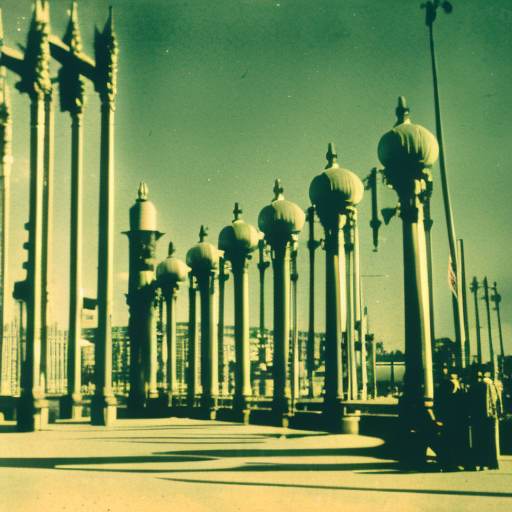Panama–Pacific International Exposition: Celebrating the Opening of the Panama Canal
The Panama–Pacific International Exposition was a world’s fair held in San Francisco, California, from February 20 to December 4, 1915. The event was organized to celebrate the completion of the Panama Canal and to showcase San Francisco’s recovery from the devastating 1906 earthquake.
The Planning and Construction of the Exposition
The idea for the Panama–Pacific International Exposition originated in 1904, when San Francisco businessmen proposed a fair to commemorate the opening of the Panama Canal. The city won the bid to host the event in 1911, and construction began in 1912. The exposition grounds covered 635 acres and featured numerous grand buildings, gardens, and exhibits.
The Architecture and Attractions
The architecture of the Panama–Pacific International Exposition was influenced by various styles, including Beaux-Arts, Classical Revival, and Spanish Colonial Revival. The centerpiece of the fair was the Tower of Jewels, a 435-foot tall structure covered in over 100,000 pieces of cut glass. Other notable buildings included the Palace of Fine Arts, the Palace of Horticulture, and the Court of the Universe.
The fair showcased a wide range of attractions and exhibits. The Zone, an amusement park within the exposition, featured rides, games, and entertainment. The Court of the Four Seasons displayed sculptures and fountains, while the Court of Abundance showcased agricultural and industrial exhibits. The fair also included exhibits on art, science, technology, and international cultures.
International Participation and Legacy
The Panama–Pacific International Exposition attracted participation from 44 countries and 21 states. Many nations constructed pavilions to showcase their achievements and cultures. Notable exhibits included the Japanese Tea Garden, the Chinese Village, and the Egyptian Palace. The fair also featured performances by renowned artists and musicians from around the world.
The exposition had a lasting impact on San Francisco. It helped revitalize the city after the 1906 earthquake and brought in millions of visitors, boosting the local economy. The fair also left a physical legacy in the form of the Palace of Fine Arts, which still stands today as a popular tourist attraction.
Legacy of the Panama Canal
The Panama Canal, which opened in 1914, revolutionized global trade and transportation. It provided a shortcut for ships traveling between the Atlantic and Pacific Oceans, saving time and money. The canal’s completion was a significant engineering achievement and had a profound impact on international commerce.
The Panama–Pacific International Exposition played a crucial role in celebrating and promoting the opening of the Panama Canal. It showcased the technological advancements of the time and highlighted San Francisco’s resilience and recovery. The fair left a lasting legacy in terms of architecture, cultural exchange, and economic impact.
In conclusion, the Panama–Pacific International Exposition was a grand world’s fair held in San Francisco to celebrate the opening of the Panama Canal. It featured impressive architecture, diverse exhibits, and international participation. The fair helped revitalize San Francisco and left a lasting legacy in terms of cultural exchange and economic impact. The completion of the Panama Canal itself was a monumental achievement that transformed global trade and transportation.












